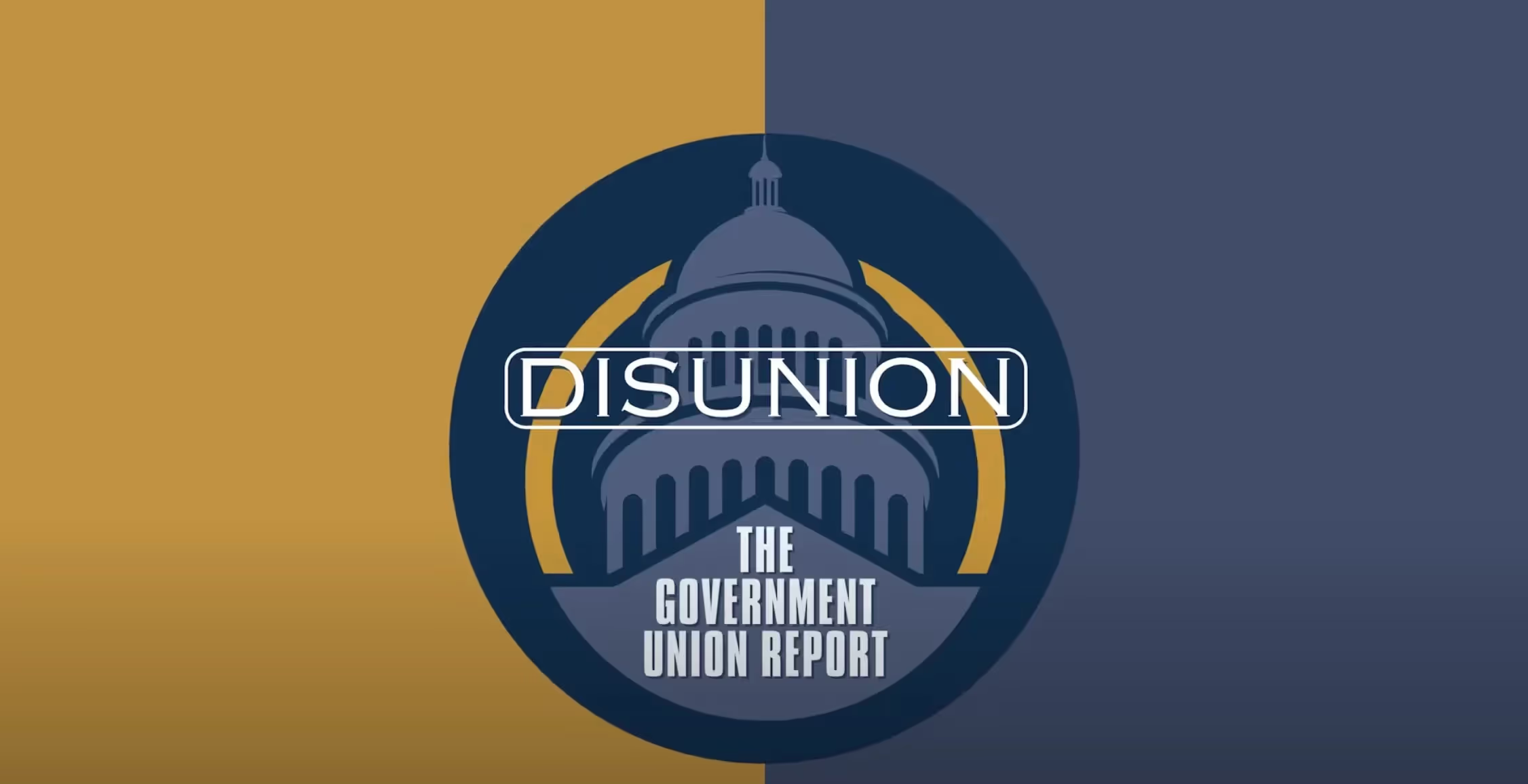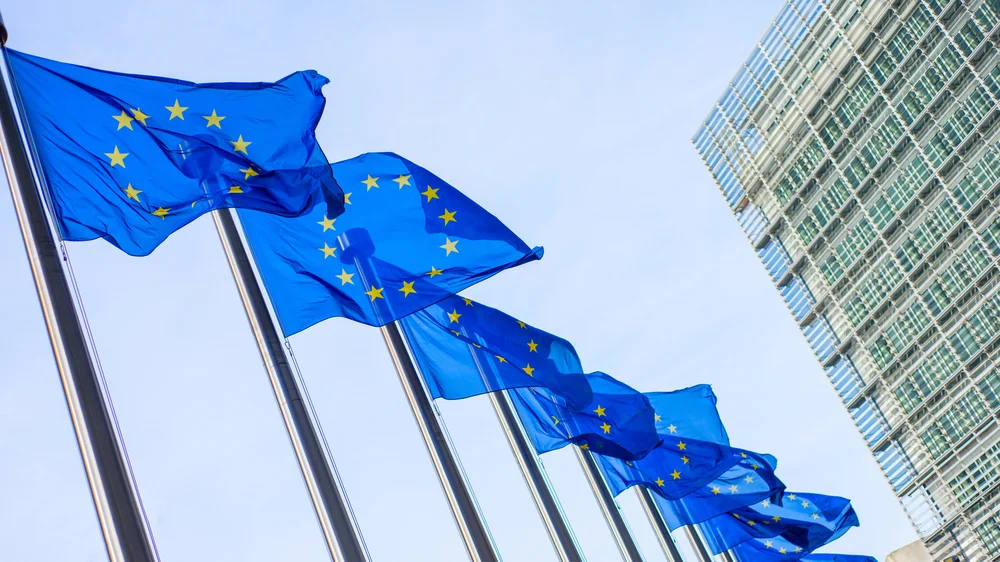
Slowly Strangling the Pharmaceutical Industry
Government abuse of its monopoly power is bad news when practiced in tandem by the Biden and Trump administrations.
The New York Sun recently ran an editorial that took to task the Second Circuit for its recent decision in Boehringer v. US Department of Health and Human Services that held that the Medicare Price Negotiation Program under the Biden’s Administration brainchild, The Inflation Reduction Act, passed constitutional muster. The court’s basis for this conclusion was that the price reduction, probably 90 percent plus price reduction—never ask for precise numbers in this business—that the HHS demanded from Boehringer for Jardiance was constitutional because the company had “voluntarily agreed” to the price decreases. The Sun was flabbergasted because it insisted that this scheme was just a euphemism for destructive price controls. That word never reached the Court, whose decision was written by Trump appointee William Nardini, joined by fellow Trump appointee Joseph Bianco, and one holdover from the Clinton administration, Pierre Leval.
Ironically, The Sun unwisely excused the Trump administration from its condemnation, but the case caption reveals a different story because HHS Secretary Robert F. Kennedy, Jr., continued the case instead of backing off. But that is no random decision. Trump’s recent strong support for the draconian most-favored nation Executive Order of May 2025 makes it perfectly evident that, with patented pharmaceuticals, he is much more of a populist than a defender of free markets.
That same mindset dominates the Boehringer decision, which, for me, is especially annoying since I submitted an amicus curiae brief on behalf of the Women’s Independent Forum that explained why the “voluntary consent” argument used to justify the decision was wholly off point. The Sun editorial noted that the company faced a take it or leave it option, where if Boehringer left the deal, it would have to forfeit all of its sales for Medicare and Medicaid products. These are not some two-bit players, because they are the sole source of drugs for a huge fraction of the American population. Whatever Boehringer might lose to the prices set for Jardiance, it was peanuts compared to being cut off from all Medicare and Medicaid business.
Here, it is not just the size of the loss, but the structure of the market that counts. High prices in a competitive market may leave discontented buyers, but in this context, those high prices serve powerful social justifications. They signal that resources are scarce, so that new businesses should enter the market, and old customers should cut back or leave until the competitive price is reached. So in these settings, consent on both sides of the transaction embodies the golden rule.
I then argued that consent cannot bear the weight it did in Boehringer because of the monopoly structure of this market, which meant that no sensible social signal was sent when the government, by fiat, lowered the price to save its own costs. The argument here takes a leaf from standard antitrust law. Assume that a single seller (or a cohesive group of collusive sellers) controls the entire output of any single product, including any patented drug. That power allows it to set prices at a supercompetitive level, which produces a situation where private gains generate systematic social losses. But now suppose that the defendant plays the same gambit that the government does now, in this case: “You cannot sue me, because you consented to the price that left you better off with this deal than with no deal at all.” That one move knocks out all the parties who paid excessive rates. Nonbuyers who cannot be identified but who may well have suffered losses can’t sue either, so the excess profits of the monopolist are shielded from all potential claimants because no one has standing to sue him.
That absurd result never stands because the fundamental proposition of antitrust law is that consent is never an absolute defense against monopolization. What has to be shown instead is an efficiency justification for the monopolist’s action. Just that logic is inherent in the decision to give patent holders exclusive rights to their inventions, both to spur the innovation and to give off information that allows other people to patent their own rival inventions.
I made this argument at great length in my amicus brief. But the greatest power of an appellate court is to ignore arguments that it does not like, which meant that in this case, it never once used the word “monopoly” to address this fundamental issue. The irony here is rich but important. One key risk from a social welfare perspective of a hard-line libertarian position is that its exclusive stress on force and fraud misses the monopoly risk, which requires some forceful social response. When private defendants possess that power as either a legal or natural monopoly—the latter as by having the only crane in a small dock to load and unload ships—it has always been held that the rates must be fair, reasonable, and nondiscriminatory, and not what the market will bear. And if two major firms seek to merge, it is fair game to ask whether the efficiencies justify the transaction, so that today, government agencies often look to see whether the new firm should divest outlets in markets with excessive concentrations.
What is distinctive about this system is that, so long as the losses from Medicare and Medicaid are huge, the government can drive the price received by the patentee to close to zero, and it will cave. Worse, the government can pick and choose the companies that it wishes to tag with this price negotiation obligation, so long as there is no generic equivalent for the drug in the marketplace. But the company may nonetheless have no monopoly power from its patents if the regulated drug is in active competition with other drugs in the same class (e.g. statins or antivirals), some of which may be patented and some of which may have become generic.
Boehringer also raised the same issue of monopoly power under the doctrine of unconstitutional conditions, which has come to play an ever larger role in constitutional law. The basic theory here is that when the government does business with private firms, they too may have the supposed power to decline certain activities if they think the cost is too high to bear. The entrance into the public highways market requires a government license, and no one objects if the government says that it may search a vehicle if there is probable cause of some criminal activity. But it is a far different thing for the government to say that you may only use the highways if you agree to waive all First or Fourth Amendment rights everywhere just to use the roads, or to agree to litigate all divorce proceedings in the state. The right to use the roads may be more important to you than any of the constitutional rights, and so too for other drivers, so that in the end, everyone waives all constitutional protection.
The doctrine of unconstitutional conditions insists that consent offers no defense in those cases where its grants stem from the use of its monopoly power. Just that doctrine applies to these cases when the government says that you may only sell your products in the voluntary market if you agree to our conditions. There is a useless exception to this rule under the statute, clearly designed to muddy the waters, that allows for bulk sales to another vendor, but so long as the buyer faces the restriction, the current drug owner takes the identical losses in a lump sum to reflect its future losses when it goes to sell the goods under the original price.
The Second Circuit sidestepped these painful abuses of monopoly power by insisting that the unconstitutional conditions doctrine only applies in federalism contexts, as when under the Obama Care Program, the federal government says to a state that it can only retain its existing drug subsidies if it agrees to steep cuts in its preexisting reimbursement rates. But as the previous examples show, the unconstitutional conditions doctrine is alive and well as a universal solvent against monopoly power.
Unlike many private uses of monopoly power, a government monopoly, backed by state force, can last a long time. Its short-term effects are manifest, just as in the selection derby when companies lobby the government to direct its wrath against one of its competitors, so that it can ease its burden. But it will still not escape losses even if it avoids the executioner’s axe, because the presence in the market of an underpriced substitute will force it to cut rates or lose customers. And in the long run, drug development will be impaired across the board because no one wants to develop the next blockbuster drug if the government takes away its gains by clever regulation. Indeed, matters could get still worse if the government expands the program or eases the conditions for imposing its prices. And for what? The stated justification is to reduce Medicare costs—but in the worst possible way. The system is broken in its basic operations. Yet so long as these monopoly devices prop it up, meaningful reform remains far away, which is why the Second Circuit’s misplaced reliance on consent promises to usher in a bleak age for private drug development.
Richard A. Epstein is a senior research fellow at the Civitas Institute. He is also the inaugural Laurence A. Tisch Professor of Law at NYU School of Law, where he serves as a Director of the Classical Liberal Institute, which he helped found in 2013. Epstein is also the James Parker Hall Distinguished Service Professor of Law Emeritus and a senior lecturer at the University of Chicago.
Economic Dynamism

The Causal Effect of News on Inflation Expectations
This paper studies the response of household inflation expectations to television news coverage of inflation.
.avif)
The Rise of Inflation Targeting
This paper discusses the interactions between politics and economic ideas leading to the adoption of inflation targeting in the United States.

Why Can't the Middle Class Invest Like Mitt Romney?
Why can’t middle-income Americans pay effectively no taxes on investments like the wealthy do?

The Revenge of the Supply-Siders
Trump would do well to heed his supply-side advisers again and avoid the populist Keynesian shortcuts of stimulus checks or easy money.
.avif)



.jpg)




.jpg)







